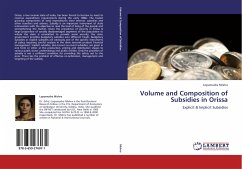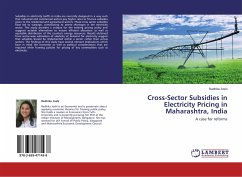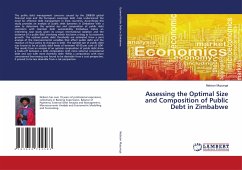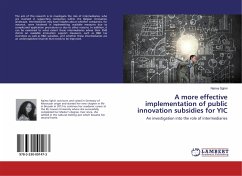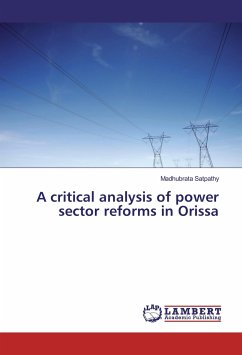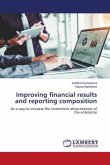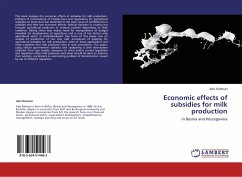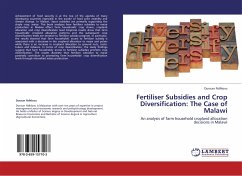Orissa, a low income state of India, has been forced to borrow to meet its revenue expenditure requirements during the early 1980s. The fastest growing components of total expenditures were interest, subsidies and other transfers and salaries. Subsidy is an important instrument of state intervention with the objective to raise the level of living of the people and strengthening the market. Given the prevalence of poverty in Orissa & large proportion of socially disadvantaged segments of the population to whom the state is committed to provide social security, the state government provides budgetary subsides over different heads. Budgetary subsidies or explicit subsidies are obviously one of the specific instruments of policy requiring careful analysis in the drive towards prudent financial management. Implicit subsides, also known as covert subsidies, are given in one form or other at the production, pricing and distribution stages to various public sector undertakings and publicutilities. Only the provision of subsidy is not a sufficient condition for providing the safety net to the poor. There lies the problem of effective co-ordination, management and targeting of the subsidy.
Bitte wählen Sie Ihr Anliegen aus.
Rechnungen
Retourenschein anfordern
Bestellstatus
Storno

